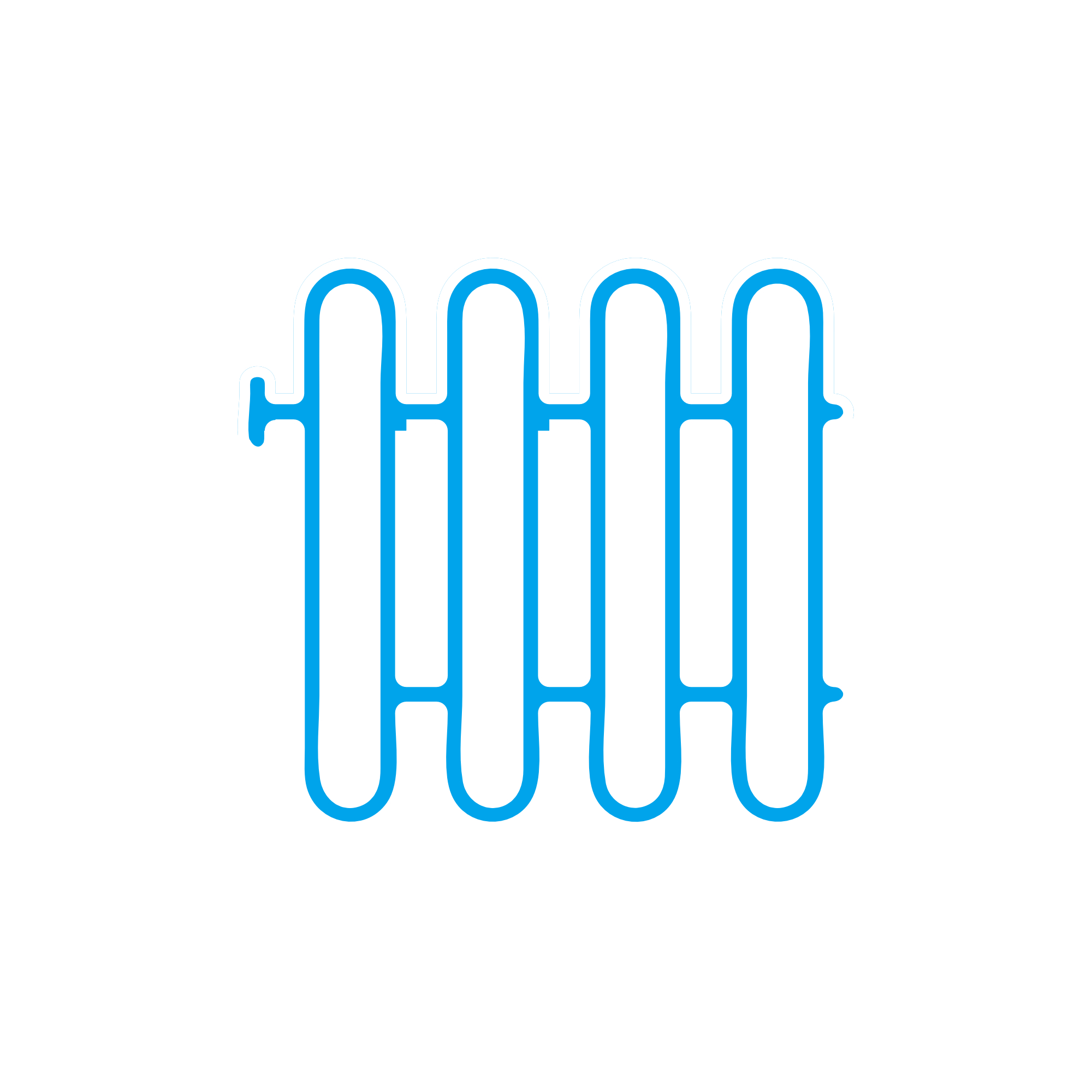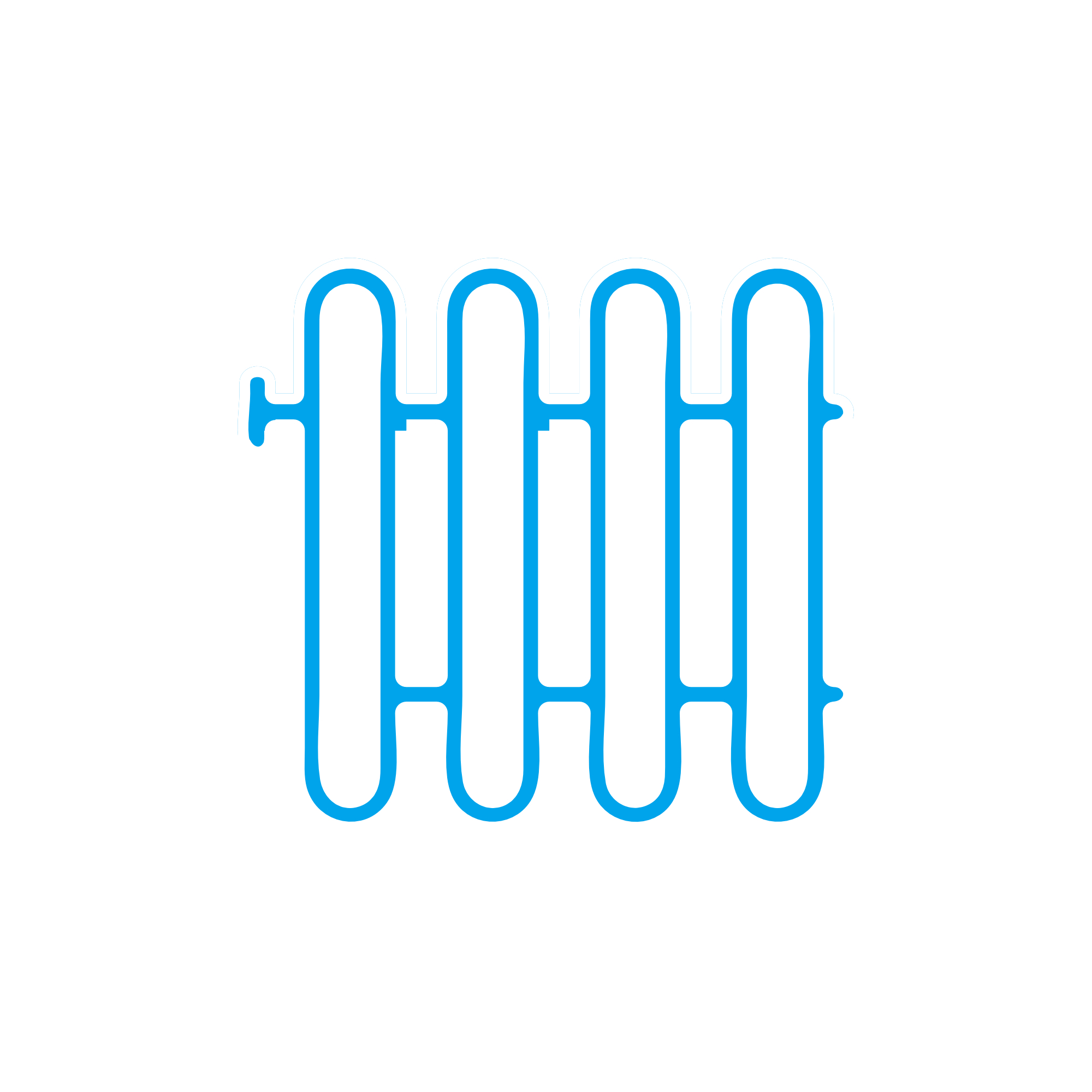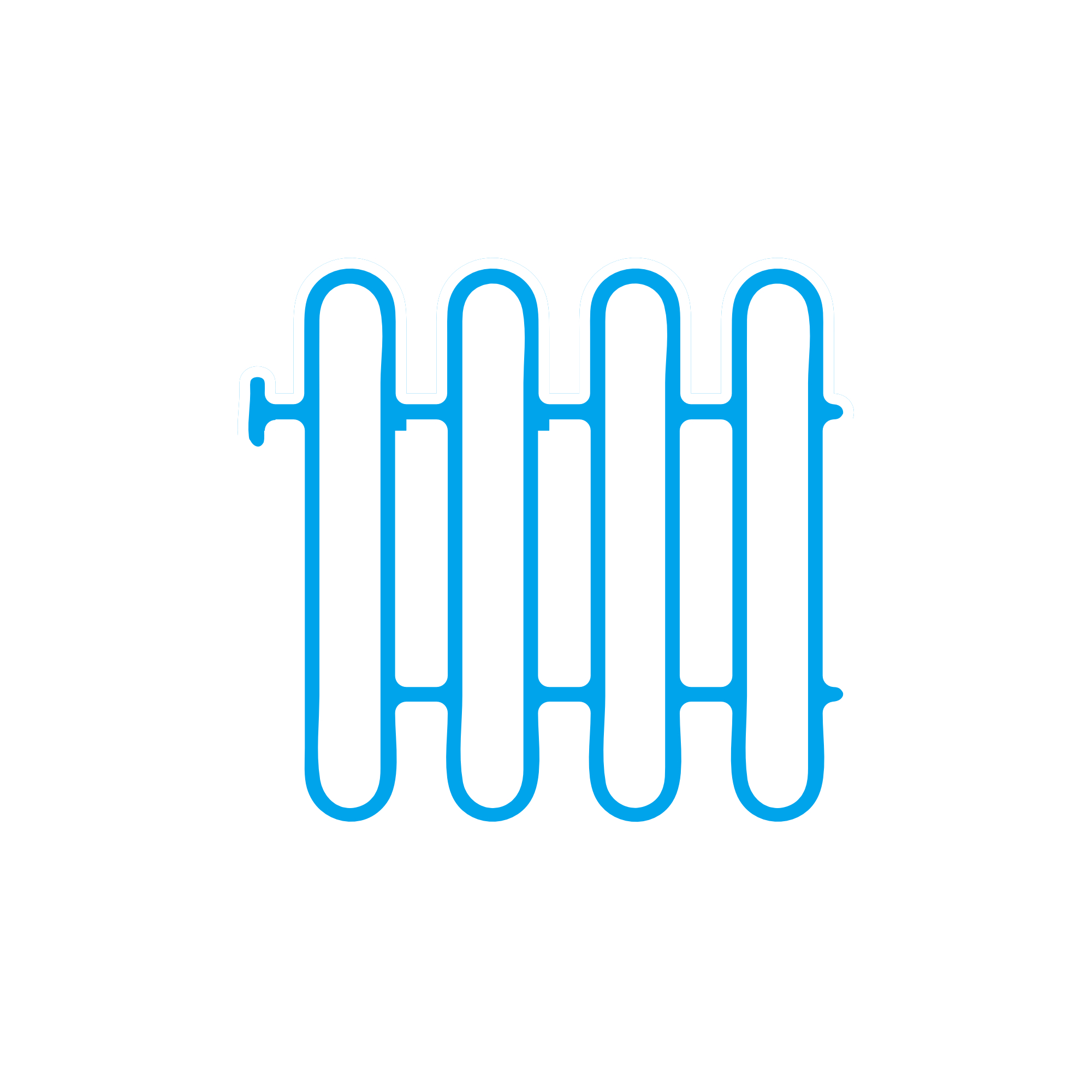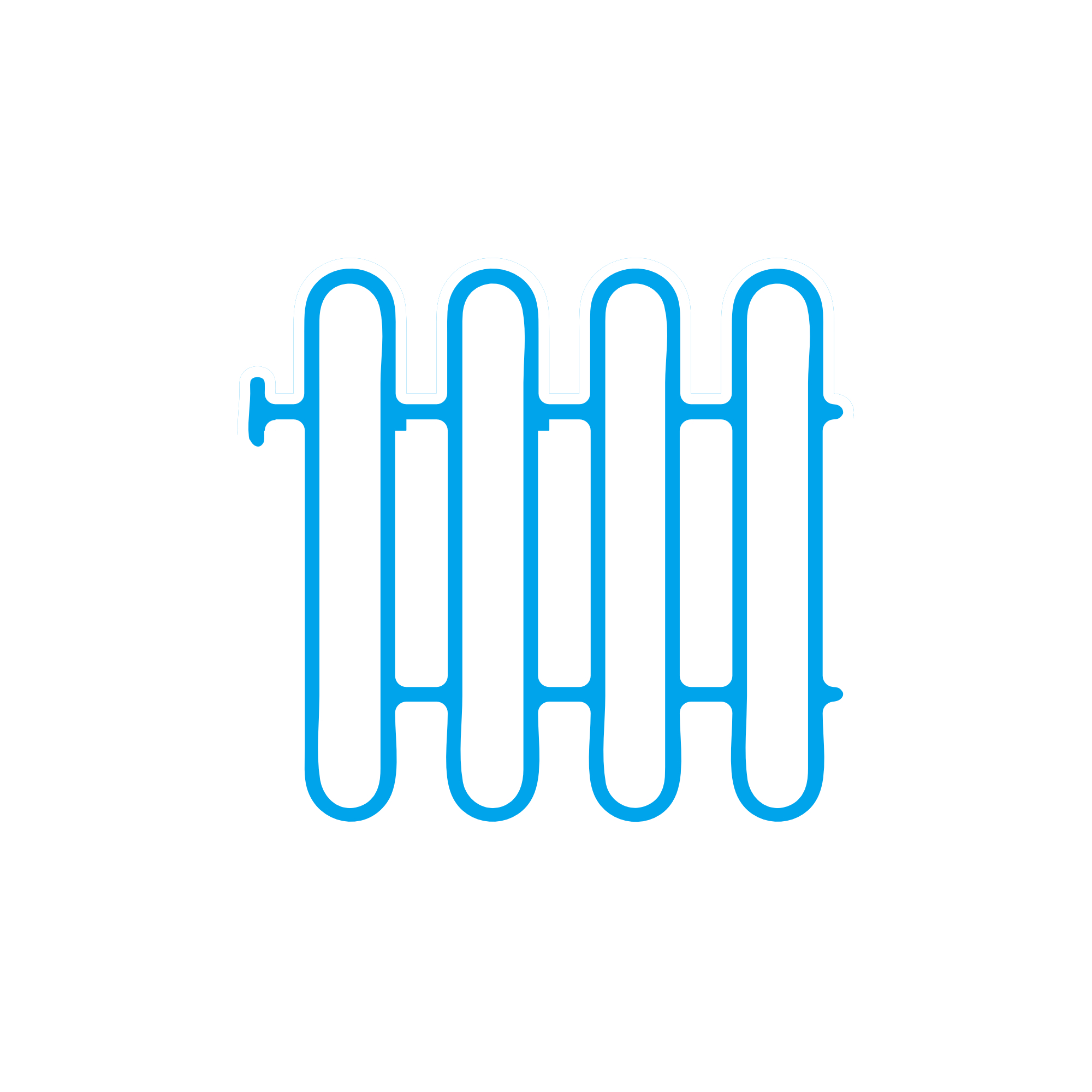TUBE HEAT EXCHANGER for Marine and Diesel Engines
A heat exchanger is a core thermal management component that transfers heat between two media without allowing them to mix. In engines, it safeguards operating temperatures for jacket water, lube oil, charge air, or fuel, thereby protecting critical components and sustaining efficient, stable output. Within this category, the shell-and-tube layout—commonly referred to as a TUBE HEAT EXCHANGER—has become the benchmark for marine and stationary power applications thanks to its robust construction, serviceability, and high heat-transfer surface area.
On board vessels and in power plants, the heat exchanger is the silent guardian of engine health. By controlling temperatures in continuous duty cycles, it helps prevent thermal stress, viscosity breakdown, and knock or detonation risks. Whether installed on a main propulsion unit or a genset, a TUBE HEAT EXCHANGER is fundamental to reliable uptime and predictable maintenance planning.
Technical function: how a TUBE HEAT EXCHANGER supports marine and diesel engine performance
A shell-and-tube unit routes one fluid through tube bundles and another through the surrounding shell. In a marine engine, seawater typically flows inside the tubes, while engine jacket water, lube oil, or charge air flows on the shell side. This layout maximizes turbulence and heat flux, enabling compact footprints at high duty. In a diesel engine installation, the TUBE HEAT EXCHANGER stabilizes coolant outlet temperature, maintains oil viscosity within the design window, and cools compressed intake air to increase charge density and reduce NOx.
Thermally, performance depends on the overall heat-transfer coefficient (U), effective surface area, and the log mean temperature difference achieved by counterflow or multi-pass arrangements. Mechanically, baffles direct shell-side flow across the tube bundle to prevent bypassing and to enhance convection, while pass partitions in the headers create multi-pass tube circuits for higher velocity, better film coefficients, and reduced fouling. Typical materials include CuNi 90/10 or 70/30 for seawater tubes, titanium for aggressive brine, and stainless steels for closed-circuit duties. Elastomeric seals and gaskets are selected to match coolant chemistry and temperature, ensuring tightness under thermal cycling.
When configured as a TUBE HEAT EXCHANGER marine engine cooler, the unit must withstand vibration, pulsation, and varying seawater quality. As a TUBE HEAT EXCHANGER diesel engine cooler, it must balance low pressure drop with high thermal effectiveness to protect pumps and minimize parasitic losses. For procurement and lifecycle planning, TUBE HEAT EXCHANGER OEM parts—such as tube bundles, end covers, gaskets, and anodes—preserve the engineered geometry that underpins certified performance.
Flow configuration and control in a TUBE HEAT EXCHANGER
Counterflow typically offers the best thermal approach, achieving lower outlet temperatures on the cooled medium. Multi-pass tube circuits raise tube-side velocity, improving heat transfer and mitigating sediment deposition. Properly sized vent and drain points ease commissioning and lay-up, while sacrificial anodes protect copper alloys from galvanic attack in seawater systems.
Key characteristics of the heat exchanger at a glance
- · High heat-transfer surface density in a compact footprint.
- · Robust tube bundle design for continuous-duty engines.
- · Configurable passes and baffle patterns for target performance.
- · Materials matched to medium: CuNi, titanium, stainless steel.
- · Serviceable construction: removable covers, cleanable tubes.
- · Optimized pressure drop to reduce pump load and energy use.
- · Corrosion and fouling control via anodes and correct velocities.
Importance of the heat exchanger for engine reliability and service life
Thermal stability defines engine longevity. If the heat exchanger underperforms, coolant temperatures drift, leading to cylinder liner scuffing, reduced oil film strength, and accelerated bearing wear. In turbocharged engines, inadequate charge-air cooling elevates combustion temperatures, raising fuel consumption and emissions while stressing pistons and valves. Leaks across the tube bundle can cause cross-contamination—seawater ingress into closed circuits or coolant dilution of lube oil—resulting in corrosion, cavitation, and rapid component failure.
Common failure modes include tube erosion at inlets due to high-velocity particles, under-deposit corrosion from stagnant zones, gasket hardening from chemical incompatibility, and vibration-induced tube fretting at baffle interfaces. Preventive actions include periodic chemical cleaning, eddy-current testing of tubes, hydrostatic pressure tests, anode replacement, and adherence to the specified flow rates and temperatures. Keeping the heat exchanger within its design envelope is essential for safe loading, fuel efficiency, and regulatory compliance.
Advantages of OEM spare parts suitable for the heat exchanger
Using OEM spare parts suitable for your heat exchanger preserves the exact thermal and mechanical design that the engine cooling system relies on. Tube bundles with the correct pitch, pass partitioning, baffle cut, and finned or plain surfaces reproduce the certified U-value and flow distribution. Proper metallurgy (e.g., CuNi grade, tube wall thickness) resists site-specific corrosion, while header gaskets and O-rings with the right compounds prevent leakage during thermal cycling. Fastener grades, coating systems, and anode specifications are matched to the operating media and temperature range.
Dimensional fidelity reduces installation time and eliminates rework. Verified pressure ratings and NDE traceability support class approvals and safety policies. Over the lifecycle, maintaining the engineered heat-transfer surface and pressure drop protects pump efficiency, lowers fuel consumption, and minimizes unscheduled downtime—directly impacting total cost of ownership.
For buyers, shipowners, and technical managers, the outcome is predictable performance, fewer operational risks, and stable budgets anchored by known maintenance intervals. In short, OEM spare parts suitable for heat exchangers secure the balance between performance, reliability, service life, and cost control.
MOPA: your partner for TUBE HEAT EXCHANGER OEM parts
MOPA is a seasoned partner for OEM spare parts for every type of heat exchanger used on diesel and gas engines. Customers value our speed in sourcing and delivery, our quality-focused documentation and testing, and the security we bring to international trade—covering compliance, traceability, and safe logistics from warehouse to engine room. Whether you need a complete tube bundle, cover set, seals, or anode kits, MOPA provides parts that fit your TUBE HEAT EXCHANGER marine engine or TUBE HEAT EXCHANGER diesel engine application with the precision your operation demands.
With deep product knowledge, we assist in material selection for challenging waters, advise on flow and velocity targets, and help align parts with class requirements. Our network ensures availability across major brands and frame sizes, reducing lead times and keeping assets on hire.
Conclusion on TUBE HEAT EXCHANGER performance and OEM spare parts
A well-specified heat exchanger is vital to engine health, efficiency, and safe operation. From jacket water to charge-air cooling, the TUBE HEAT EXCHANGER stabilizes temperatures that determine output and longevity.
Choosing OEM spare parts suitable for your heat exchanger preserves designed thermal performance, reduces risk, and optimizes lifecycle cost. With MOPA, you gain speed, quality, and security when procuring OEM parts for diesel and gas engines.





